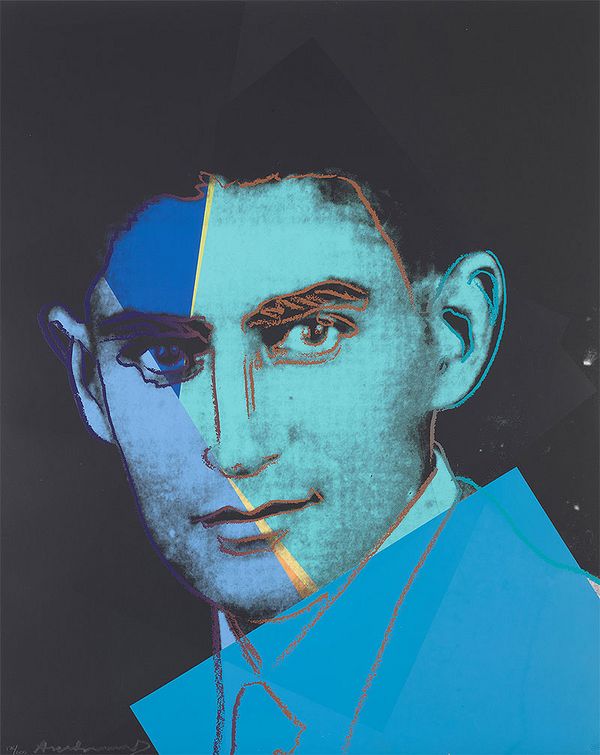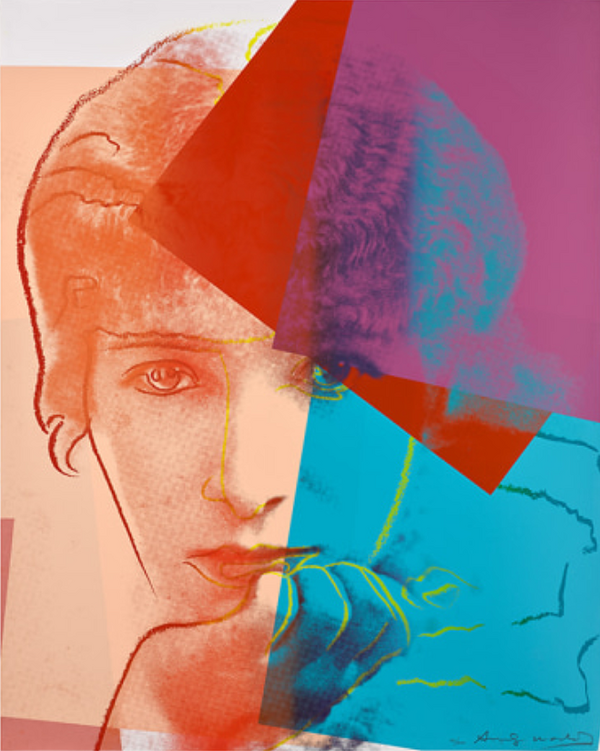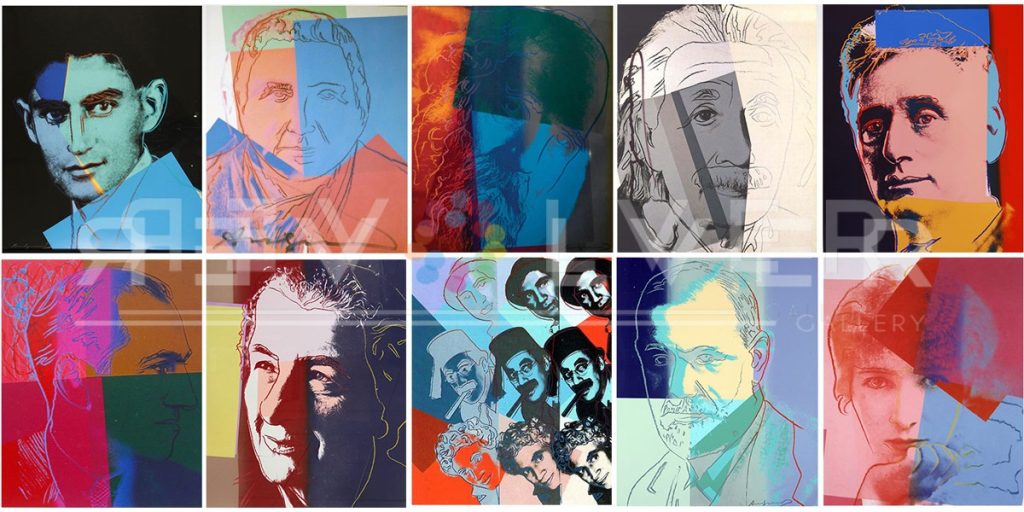Andy Warhol is one of the late twentieth century’s great artists and the God of Pop Art. Andy Warhol’s Artwork is often stated as a significant intervention in the Capitalist concept of Art. Andy Warhol’s work, The Ten Portraits of Jews of the Twentieth Century, is valuable and arguably considered the most critical piece in Pop art and twentieth-century painting. But this painting and why this subject endures questions even in Western historical debate.
As a community, Jews are in focus after the second world war, and the holocaust gives them more prominence in human history. The world mourned with them and held hands for them. We never let them down after the world war; the Art world always stays with Jews and their right to life. The significance of Andy Warhol’s work about the Jews of the twentieth century may be the response to the political ironies of the time.

Ten Portraits of Jews of the Twentieth Century is a series of paintings that depicts ten Jews from the history of different areas like Acting, Court of Justice, Philosophy, Physics, Psychology, Comedy, Politics, music, and literature. These paintings consist of ten Silk-Screened canvases, the paintings of Actress Sarah Bernhardt, United States Supreme Court Justice Louis Brandeis, Philosopher Martin Buber, Physicist Albert Einstein, Psychologist and writer Sigmund Freud, Stage and screen comedians the Marx Brothers, Prime Minister of Israel Golda Meir, Composer and songwriter George Gershwin, Novelist Franz Kafka, Novelist and critic Gertrude Stein. Each canvas was 40 by 40 inches, and five series editions were made of this painting.
Why did Andy Warhol bring these great thinkers, politicians, performers, musicians, writers and psychologists into his canvas and the history of Art? Andy Warhol’s move is historical, and the artist knows well that the breadth of achievement represented by these figures is formidable, even though the art dealer suggested this project to him. The subject, or the representation of this artwork, is done by the dealer after consulting the director of the art school of the Jewish Community Center of Greater Washington, and the outstanding efforts paid off after finishing this project. The representation of the Jewish community in Art and literature is a demanding topic, and Warhol nicknamed these projects ‘Jewish geniuses’.

This painting is a political act of an Artist, and he sold it well in the market as expected by his art dealer. Individuals and organizations collect the images worldwide, and they are hung up on the wall of a hospital corridor or the offices of a Jewish organization.
Warhol’s Ten was entirely part and parcel of — an expression of and response to — the international Jewish community’s fraught, pressurized, searching psychological state during the mid-twentieth century. With that said, his chosen roster of “Jewish geniuses” (Warhol’s descriptor of the project) wasn’t fully representative of global Jewry — all were Ashkenazi. Indeed, as recorded in the list of potential subjects assembled by art dealer Ronald Feldman, Sephardi and Mizrachi Jews weren’t even on the radar. Warhol’s Ten (twelve if counting the three Marx Brothers individually) were former dwellers (all deceased by 1980) of a triangle with corner points planted in Central and Eastern Europe, the United States, and Israel. This intra-ethnic ethnocentrism was wholly characteristic of Western Jewry in the mid-twentieth century and is only somewhat less pervasive now, writes Matthew F. Singer.






